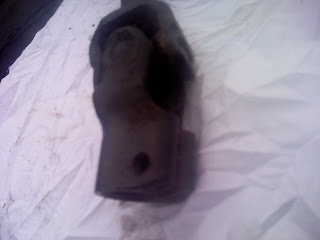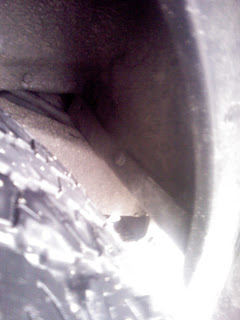TYPE: API(American Petroleum Institute) GRADE "certified for gasoline engines"
For VISCOSITY follow the values given below:
SAE 10-W30 for -18 to +38 *C ( 0 to +100* F)
SAE 5W30 for -29 to 0* C (-20 to +32* F) For best Fuel Economy and Cold Starting,select the lowest SAE Viscosity Grade of oil for the Temperature Range
It is highly recommended to use Full Synthetic Engine Oil (No blends)when you can.Use any good brand.You will get better Fuel Economy ,less wear and tear on engine,and you can go longer between oil changes.
The same applies to all other lubricants;synthetic is better!














